|
On Saturday, the globe will mark World Aids Day as it has done each December 1 since 1988. There have been many breakthroughs and victories since HIV and AIDS first emerged as a public health emergency during the 1980s. But the work of clinicians, scientists, governments and civil society groups is far from done. Amy Slogrove, Kathleen M Powis and Mary-Ann Davies explain the complications faced by HIV-negative babies born to women living with HIV. Linda-Gail Bekker looks at some of the factors that keep people from getting tested for HIV, while Joel Msafiri Francis discusses the rise of self-testing kits. And Caroline T Tiemessen gives an update on the difficulties in determining the HIV status of an HIV-negative child who received a partial liver transplant from an HIV-positive
donor.
Elsewhere in this special newsletter, you’ll find some articles you may have missed that unpack the myriad issues around HIV and AIDS.
|
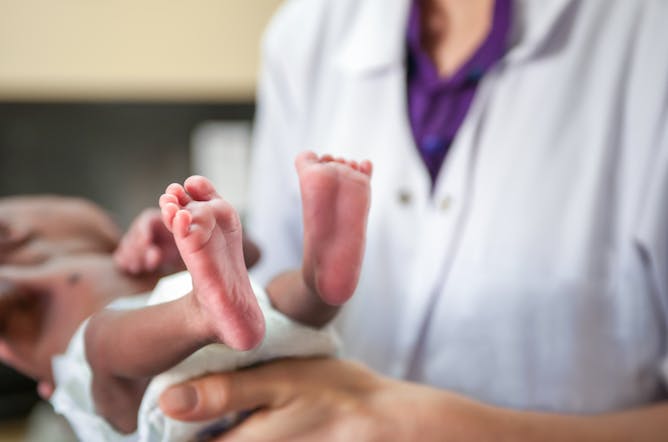
The largest number of HIV-exposed but uninfected children are in South Africa.
Shutterstock
Amy Slogrove, Stellenbosch University; Kathleen M. Powis, Harvard Medical School ; Mary-Ann Davies, University of Cape Town
HIV negative children born to women with HIV have a greater risk of dying before their first birthday.
|
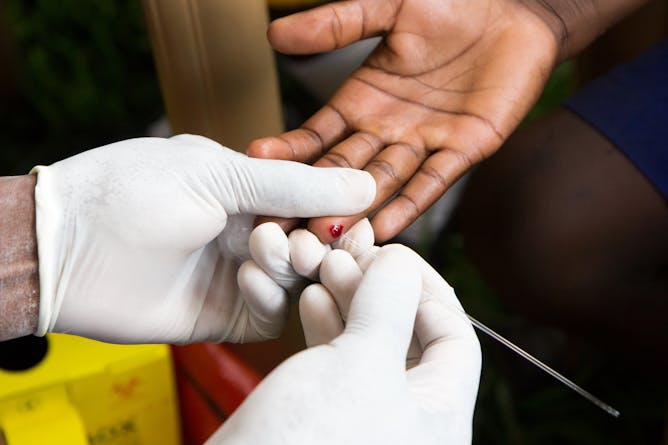
The WHO recommends testing for HIV every 6 to 12 months.
Shutterstock
Linda-Gail Bekker, University of Cape Town
Knowing your HIV status is key to accessing life-saving treatment or evaluating the best prevention options.
|
Health + Medicine
|
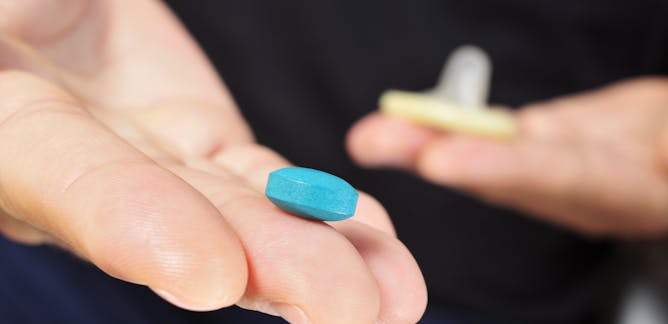
Simon Bishop, Bangor University
Modern factors are seeing a revival of the STI that was once consigned to history.
| |
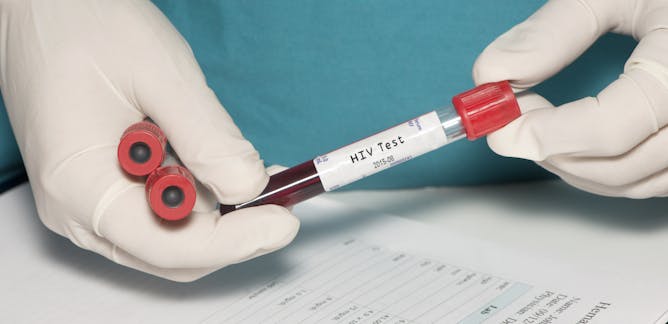
Caroline T. Tiemessen, National Institute for Communicable Diseases
A liver transplant from an HIV-positive living donor to an HIV-negative recipient is possible, but there are still gaps in our knowledge.
|

João Florêncio, University of Exeter
The tombstone, revolver and grim reaper imagery of the 1980s and early 1990s have cast a long shadow.
| |
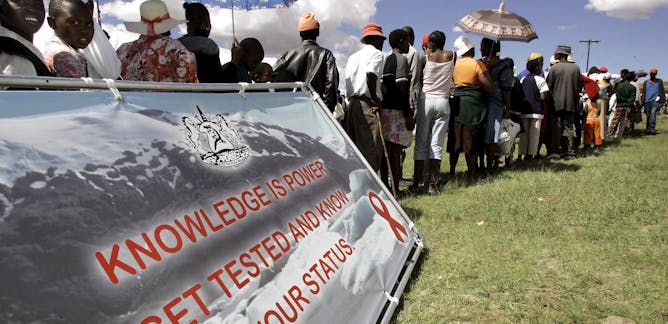
Joel Msafiri Francis, University of the Witwatersrand
Access to HIV testing is an important factor in reaching UN goals that 90% of people with HIV must know their status by 2020.
|
|
|
From our archives
|

Linda-Gail Bekker, University of Cape Town
The HIV epidemic is far from over and it's not time to disengage, says International Aids Society President Linda-Gail Bekker.
| |

Dr Morna Cornell, University of Cape Town
Women and children remain the focus of HIV while men are disadvantaged in accessing testing and treatment in Africa.
|
|
|
From our international editions
|
-
Andreas Winkler, University of Oxford
In the shadow of the pyramids of Giza, lie the tombs of the courtiers and officials who built these vast structures.
-
Merlin Crossley, UNSW
The world seemed to be inching forward with CRISPR gene editing technology – but suddenly the forbidden fruit has been plucked, and some even worry that the CRISPR tree has been cut down.
-
Philip A Loring, University of Guelph; Ratana Chuenpagdee, Memorial University of Newfoundland
Many people focus just on agriculture and new technologies for feeding the world's growing population. Yet, fisheries are the centerpiece of billions of people's diets.
|
|